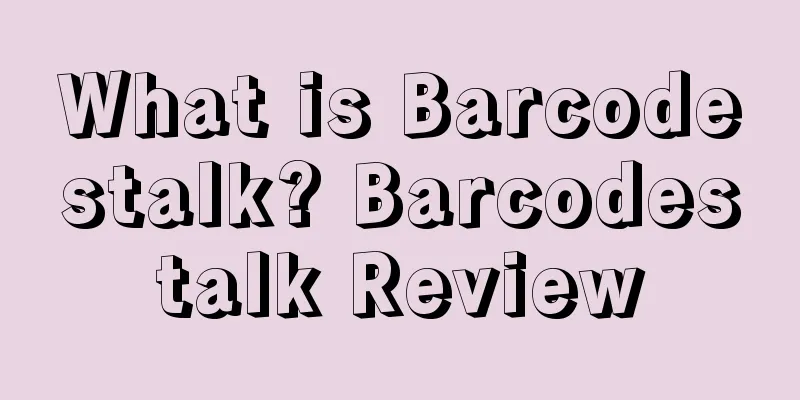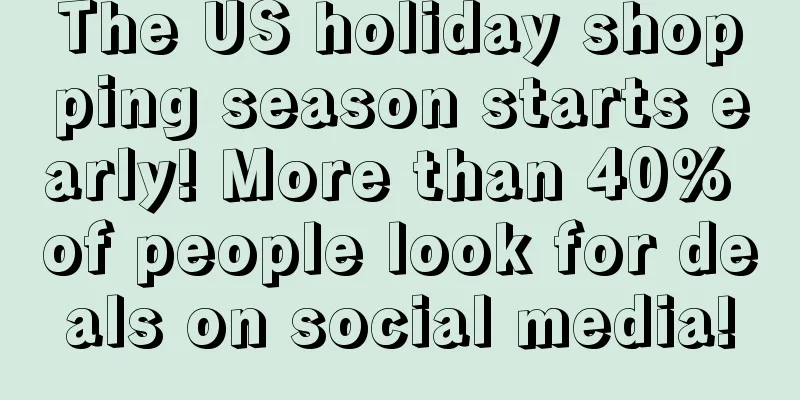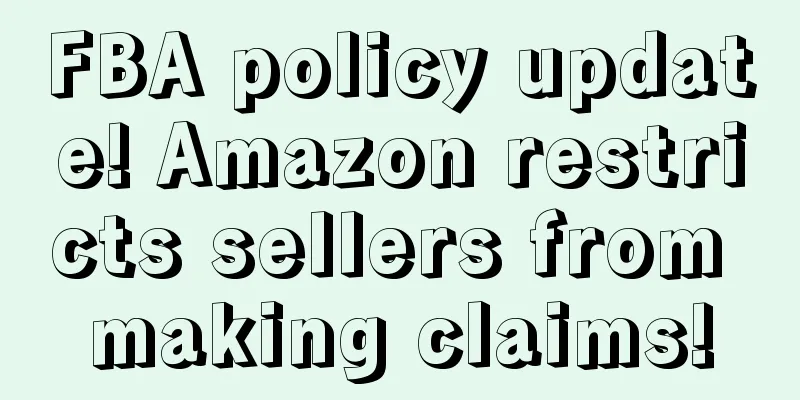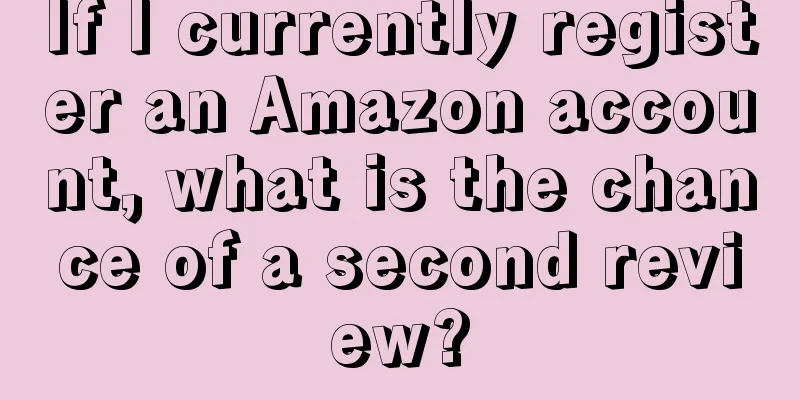Amazon phishing emails increase significantly. How can sellers prevent fraud as the peak season approaches?
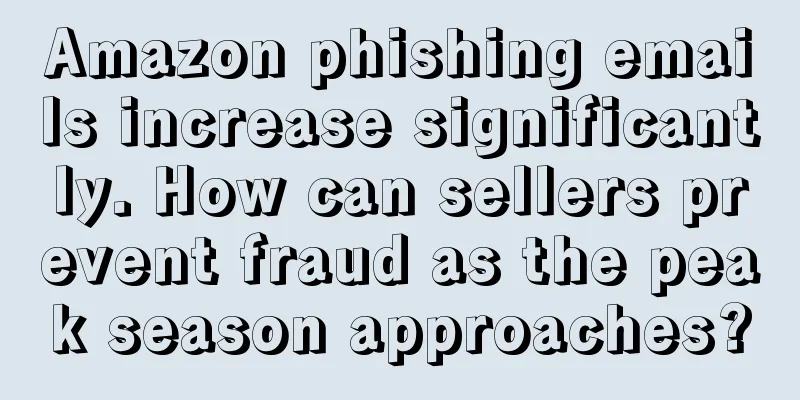
|
Not long ago, Amazon Global Store announced that it had started reporting for its Black Friday and Cyber Monday event, and news about Prime Day has also been heard from time to time. Amazon's peak season is coming at a time of turmoil, with many sellers' orders halved in September and advertising results not satisfactory. In addition, a special group has also begun to become active on Amazon.
Recently, in the seller communication group, many sellers reported that they have frequently received emails looking for reviews. The content of the emails is all about leaving free reviews, giving away products, or asking for the seller’s contact information, etc. The way of speaking is exactly the same, which makes people wonder whether they are sent by professional review teams.
▲ The picture comes from the seller communication group Considering that many sellers have received such emails, in order to prevent them from being deceived, let’s talk in detail about the tricks of phishing emails on Amazon.
Based on seller feedback, the editor has summarized the following three common types of phishing emails on Amazon for reference only.
On Amazon, the most common phishing emails are buyers contacting sellers and saying they want to leave a free review in exchange for a product. Fortunately, most sellers are still very vigilant, and the best solution is to ignore these emails when you receive them.
▲ The picture comes from the seller communication group Below are screenshots of emails received by some sellers. The content of the screenshots roughly says: I want to know if you are willing to get a good review by giving me a product as a gift?
In addition to asking sellers for products directly, some buyers also want to get a refund from sellers by writing positive reviews, and then continue to send relevant emails to sellers. They usually ask for the seller’s contact information in the emails to achieve their subsequent goals.
▲ The picture comes from the seller communication group In response, the seller said: I'm only making a small amount of money and they're trying to rip me off. I want to just refund the money and not reply to his emails, but I'm afraid they'll take action in response and I'll just shut down.
In addition, there is another scam that sends an order email and asks the seller to ship the goods. If the seller does not find relevant content in the order information, he must not ship the goods easily, just delete the email and do not respond, because criminals will take the opportunity to further ask about shipping and payment information, and induce you to disclose important data.
In addition to the two common phishing emails mentioned above, there is another more powerful phishing method that should not be underestimated, which is to forge an official email sent by Amazon to sellers.
▲ The picture comes from the seller communication group These emails are often forged to appear to be from Amazon to mislead sellers and try to persuade them to reveal sensitive account information. This is a common attack method used by phishers or hackers. Typically, these emails will direct sellers to a fake website similar to the Amazon website, where sellers may be asked to provide account information, such as a registered email address and password combination.
Sellers need to be more careful about buyers who express their willingness to write positive reviews via email. In the past, such fraudulent methods were not uncommon on Amazon. They may just want to get the product for free and refuse to leave a review. If sellers do so, they may lose both their money and the goods.
The most deadly method is to forge Amazon official emails. Sellers often find it difficult to judge the authenticity of the information and are deceived. It is worth noting that the fake website in the phishing email may steal the seller's sensitive information and then use this information to commit fraud without the seller's knowledge.
Regarding the attitude towards phishing emails, some sellers calmly analyzed that such phishing emails are most likely organized and purposeful. They take the seller's products and then sell them at second-hand prices. Then they will report the seller, give bad reviews, and blackmail the seller, and the seller will lose more than he gains.
▲ The picture comes from the seller communication group Some sellers have done the math for such buyers and found that this method can bring a lot of benefits and there is huge room for profit, which further explains why there are so many phishing buyers on Amazon.
▲ The picture comes from the seller communication group
No matter what type of phishing email it is, it is a form of fraud, and sellers need to be familiar with these routines. The peak season is coming soon, and the seller's account cannot withstand any waves, so what should you do when you encounter a phishing email?
Some sellers believe that the best way is to ignore it, follow all official procedures, and not give certain buyers any chance to cheat.
▲ The picture comes from the seller communication group In addition, the editor has also summarized some anti-fraud methods, hoping to help sellers avoid pitfalls.
1) Amazon never asks sellers to provide bank account information, Amazon account password, etc. in email communications. 2) Check the email for grammatical errors or typographical errors. 3) Use Seller Central’s functionality to view notifications from the Seller Performance team. 4) Check the website address. 5) When in doubt, log in directly from the Amazon homepage or Seller Central. 6) Do not click Unsubscribe. 7) Use Seller Central’s features to track your order.
Once again, we remind all sellers that before and after the peak season, you must strengthen prevention, be vigilant, avoid being deceived, and protect your accounts. Text✎ Yi Xin/ Statement: When reprinting this article, the title and original text must not be modified, and the source and original link must be retained. |
>>: Amazon's new policy takes effect on November 3! Pay attention to these key points!
Recommend
What is Tonys? Tonys Review
Toonies (https://www.toonies.cn) is a professional...
What is Kuaixintong? Kuaixintong Review
Kuaxintong is a cross-border VAT tax and trademark...
What is Zillow? Zillow Review
Zillow is a website that provides free real estate...
What is the French Customs Administration? French Customs Administration Review
The General Directorate of Customs and Excise (DGD...
Black Friday results released: One seller received 7,000 orders, ranking first in the category! But that’s not the most amazing thing…
Black Friday has come to an end. Now that the onli...
Amazon is cracking down on variant abuse! Are compliant products also being abused?!
Let’s start today’s main text. ◆ ◆ ◆ ◆ Recently, t...
Online prices in the United States have fallen for 11 consecutive months! These category trends are worth paying attention to...
It is learned that Adobe recently released the lat...
The first quarter of the year saw a huge profit of 3.6 billion yuan, and the grassroots founder became a billionaire
In the golden autumn of October, the big sales are...
SHEIN's platform-based autonomous operation model is fully open to 9 European countries and Mexico
After preliminary testing, cross-border retailer S...
The safest way to get reviews - build a review automatic marketing flywheel
The number of Chinese sellers on Amazon increases...
Amazon’s negative reviews are on the homepage and the conversion rate can no longer be improved. What should I do?
Zhaodanmao believes that many Amazon sellers have ...
Shocked! Amazon sellers actually celebrated National Day like this...
Although Amazon people do not have absolute holid...
Prime Day is coming! USPS is ready to process 50 million packages per day!
<span data-shimo-docs="[[20,"Prime Day在即!&...
What is Transshipment 123? Transshipment 123 Review
Zhuanyun123 (www.zhuanyun123.com) is located in Lo...
5 key points to increase Amazon product profits
👉Want to increase product profits on Amazon? Come ...


